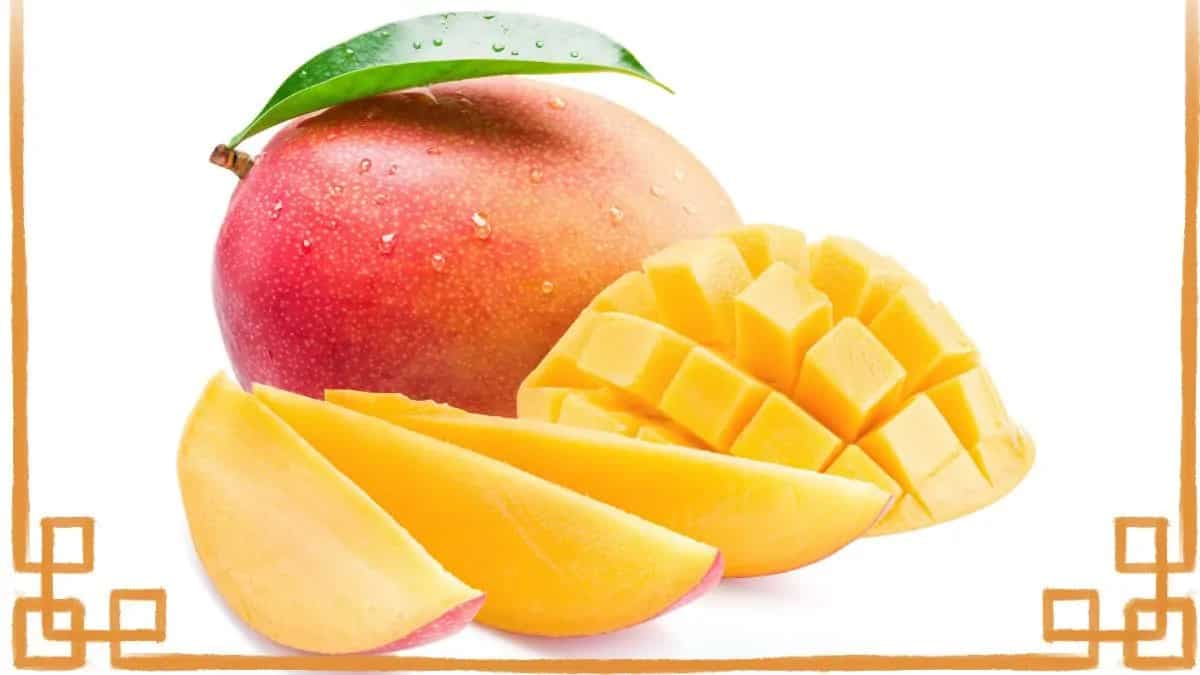SUMEET JHARIYA, a third-generation mango farmer in Bhalchhel, a village about three kilometres from the Gir forest in Gujarat, has an affinity for storytelling. Associated primarily with the kesar mango, he outlines its history and the story of its spread.
In the 1930s, around Gujarat’s Vanthli, a small town in Junagadh, was a mango farm called Ravayu Bagh. “At that time, there wasn’t so much focus on varieties. Mango meant mango. It’s not necessary that each tree would have the same variety,” explains Jhariya. During that time, Sale Bhai, the wazir to the Nawab of Junagadh, had a palace in Vanthli. On one of his visits, during the mango season, he chanced upon Ravayu Bagh and tasted the mangoes growing there. “He realised that the quality of these fruits is exceptional,” says Jhariya.

So the wazir took the fruits to Mangrol, and offered them to the sheikh there, who was so impressed that he christened the fruit ‘Sale Bhai Ni Aamdi’ (Sale Bhai’s mango, in Gujarati) and gave the wazir the title ‘Sale Hind.’ This was the start of the spread of what we know today as the kesar mango.
Word soon spread, and Mahabat Khan III, the Nawab of Junagadh, found out about it. He asked his garden superintendent, Mr Iyengar, to study the fruit and learn more about it. After much research, Iyengar supervised the transportation of 80 saplings to the Rajwadi farm in Junagadh. Of those, 75 survived. After four years of nurturing, the trees finally gave fruit and were offered to the Nawab in 1934. “He looked at the bright orange colour of the pulp and gave it the name kesar,” says Jhariya (kesar means saffron in Gujarati).
The popularity of the fruit and its demand quickly grew. During Mahashivratri, the farmers could buy saplings at discounted prices. The kesar mango slowly spread throughout Gujarat. In his journals, Iyengar notes that for three years, he travelled through much of India and even neighbouring countries, covering large parts of Asia. He tried the mangoes everywhere. But nothing, in his estimation, could beat the deliciousness of the kesar.
Today, the kesar is still one of the most popular varieties. “First, it was grown only in Gujarat, but now it’s in Maharashtra, Madhya Pradesh and Rajasthan too,” says Jhariya. “It’s also being exported more now, and its demand is rising,” adds the farmer.

Every year, between April, May, and sometimes June, these mangoes make their way into our homes. And several home cooks get to work, utilising every part of the mango in different ways. “Raw mango can be used anywhere. I can even add it to a bhel or a rasmalai,” says home cook Neeta Mody, with a laugh.
From start to end, your whole meal can honour mangoes. Mody walks us through it.
Every meal starts with a salad, and what Mody makes is a variation of the somtam salad, made by combining raw mangoes, ripe mangoes, papayas and crushed peanuts. To this she adds a dressing of tamarind water, jaggery, chilli, soy sauce and salt to taste. “Mix all of it together and serve. It’s a refreshing salad,” she says.
After the salad, indulge in a sticky mango rice. Cook 1 cup of arborio rice in 3 cups of water until sticky. Add chopped mango to it and give it a good mix till well incorporated. Add some coconut milk for good measure, and the main course of your mango-themed meal is ready. Or, true to the spirit of Gujarati households, one can have aamras with roti, a simple meal that dominated Mody’s childhood during mango season. “Add some ginger powder and ghee to the aamras, since that aids with the digestion of the mango,” she says. Another option is to dry the mango peels in the sun. Once completely dry, add it to a kadhai with oil, add basic spices as per your preferences, and top it with some water, which it will soak up. The peels will soften and can be enjoyed with roti.

For your beverage accompaniment, soak some gond katira (tragacanth gum) and then add it to milk. Then add mango puree to the milk, top with pistachios and almonds, and you have a cooling, refreshing drink to wash down the rice with. “Mangoes generally have heat, which is why you soak them in water first. And pair them with all these cooling ingredients. And that drink cools down the body,” explains Mody.
For dessert, Mody opens up her box of memories. As a child, she was used to consuming mango as a treat in the evenings. It was mixed into milk and frozen for several hours. In the evening, it was taken out, crushed, and eaten as a sweet treat.
We’re not quite done yet, though, because what meal in India is ever complete without mukhwas (mouth freshener)? Dry the mango seed in the sun for about two weeks. Once dry, break open the seed and boil the pulp found inside in salt water. Then dry it again for a few days. Break or crush into a rough mixture. And it is ready to eat, like a supari.
From the small field of Ravayu Bagh to the kitchen of Neeta Mody, kesar mangoes are travellers, loved wherever they go and relished by everyone that comes across them.


